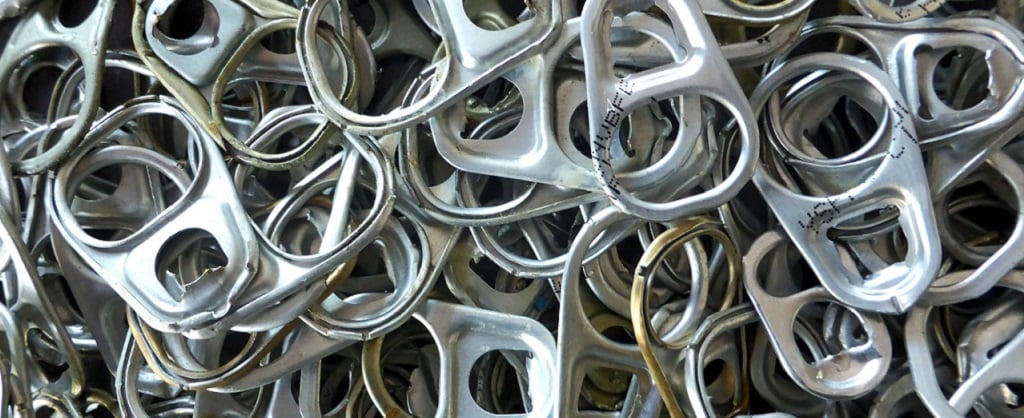The flip-top on aluminum cans is known as a pop tab. You can find them on soda cans, sparkling water cans, and a variety of other beverage cans. You can also collect tabs from soup, fruit, vegetable, and pet food cans. But how much money will you get if you recycle it?
Charities that collect “Pop Tabs” from soda or beer cans profit from the metal’s recycling value. One cent is worth 23 tabs. A pound of tabs is worth about 50 cents.
The Pop Tab Collection Program
The pop tab collection program began as a way to teach children about philanthropy and the value of recycling. It was never intended to be a major source of funding for the Ronald McDonald House. The program raises about $6,000 per year, compared to the $34.7 million raised in 2018 through McDonald’s restaurant-facilitated fundraisers. (Source: The Observer)
When Did We Start Using Soda Cans?
Manufacturers began to investigate the possibility of adapting cans to package carbonated beverages as early as 1930. And beer and soft drink companies were eager to find a way to deliver more volume to consumers in a more efficient manner. Cans would be more durable than glass bottles, and their shape would make them easier to transport and store.
However, they may have to be strengthened first to accommodate higher internal can pressures caused by carbonation, especially during the hot summer months. Without increasing the thickness of the metal used, end distortion would strain the seal, potentially causing leaks and rendering the cans unsuitable for stacking.
In 1938, Cliquot Club ginger ale was the first canned soft drink. They used a Continental Can Company cone top can, but the sodas were plagued by leakage and flavor absorption issues from the can liner. It took several years to iron out the kinks, but Continental Can Company and Pepsi-Cola launched the first major soft drink in cans in 1948, with an improved design. Twelve ounces cost ten cents. (Source: Can Central)
What are the Other Common Uses for Aluminum Aside from Cans?
Because aluminum is highly corrosion-resistant, buildings made of it require little maintenance. It is also a good heat conductor, keeping homes warm in the winter and cool in the summer. It has a good finish and can be easily curved, cut, and welded in any shape, allowing architects to design structures that would be difficult to build out of wood, plastic, or steel.
Aluminum is also frequently used in the construction of skyscrapers and bridges. Because of its lighter weight, it is easier, faster, and more practical to handle. It also contributes to the reduction of other costs. Steel buildings, due to their increased weight, would necessitate even thicker foundations, and rising construction costs.
Because of its low weight, high strength, and workability, aluminum is ideal for aircraft, particularly mass-produced commercial aircraft. It is not only the main material for the aircraft body but also the seats because it is lighter and saves gasoline. (Source: Piping Mart)
